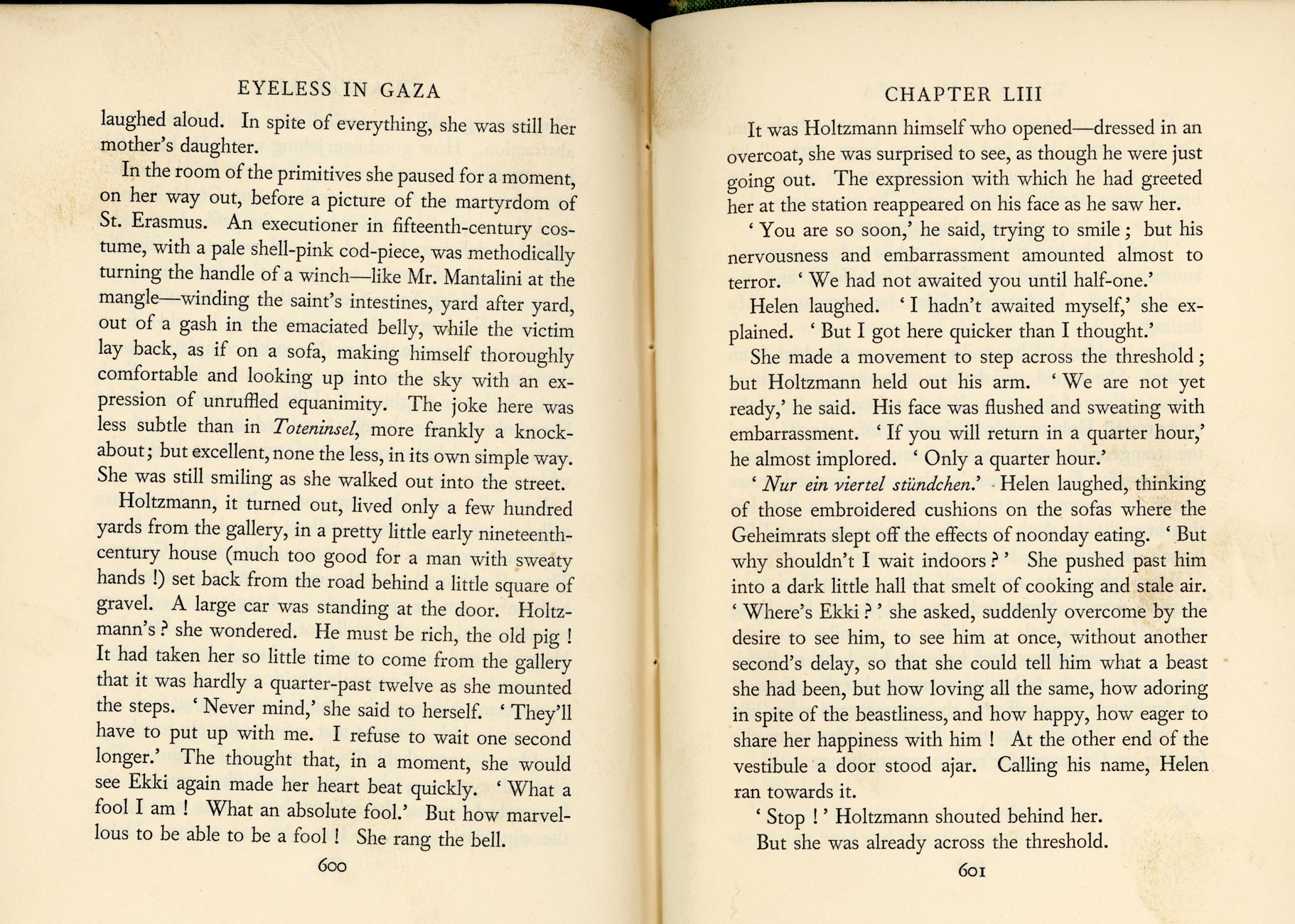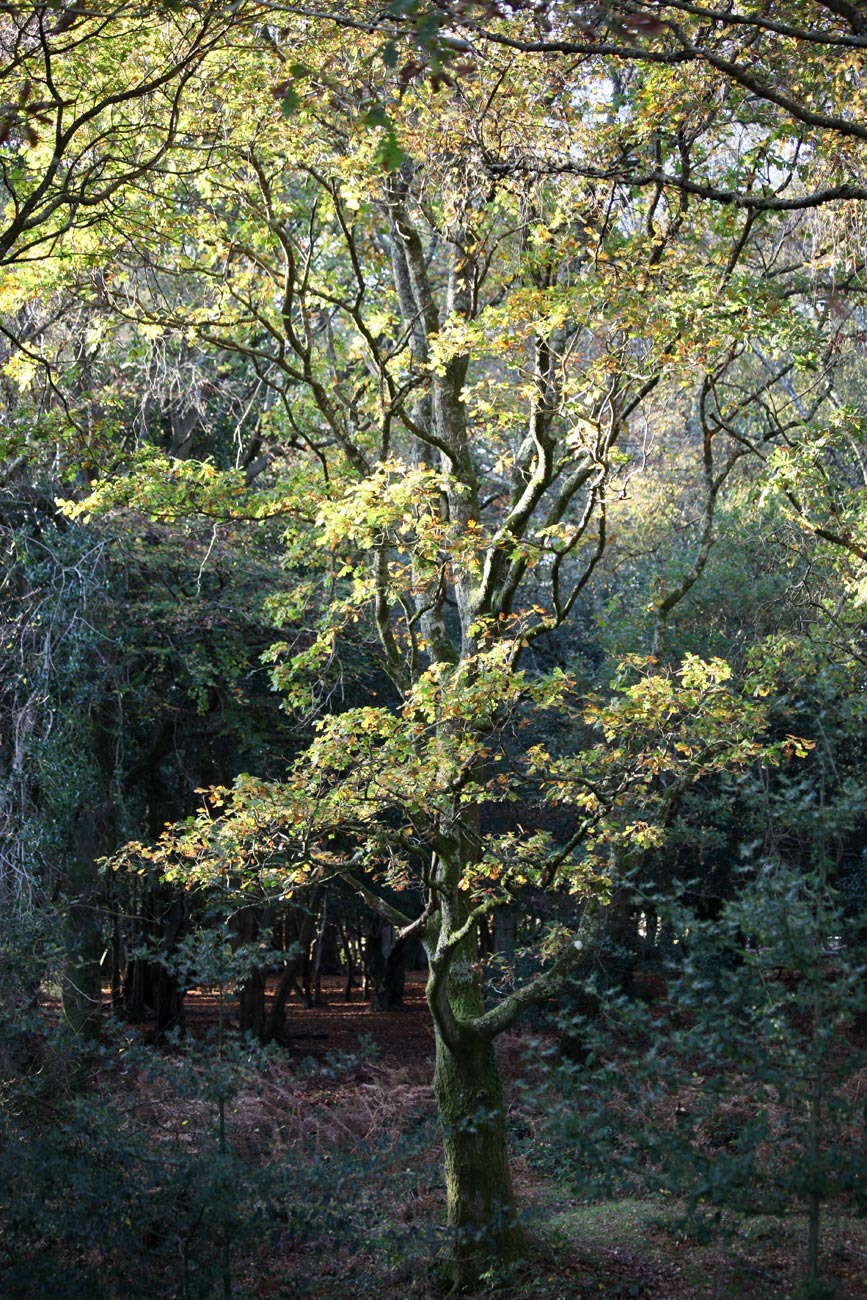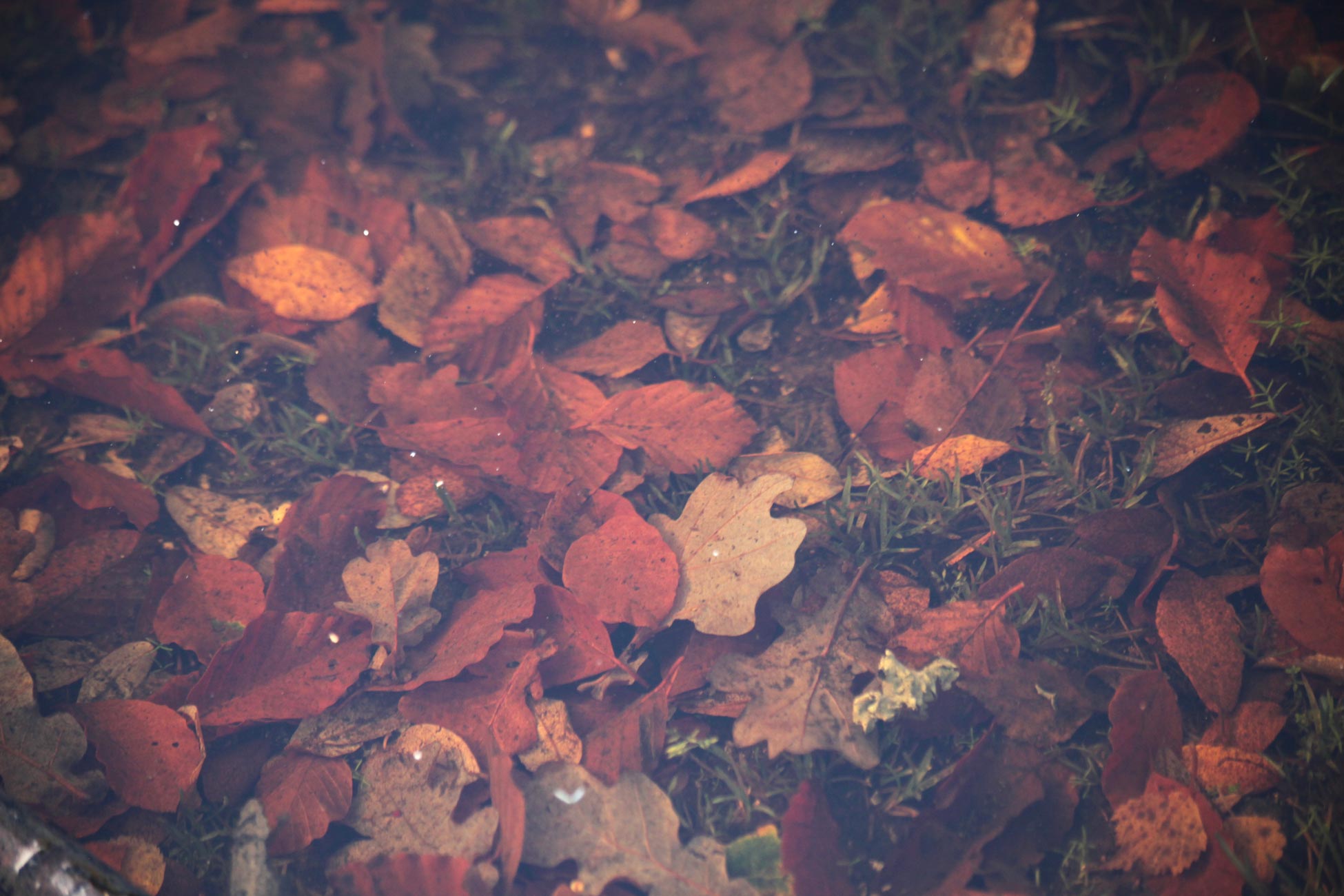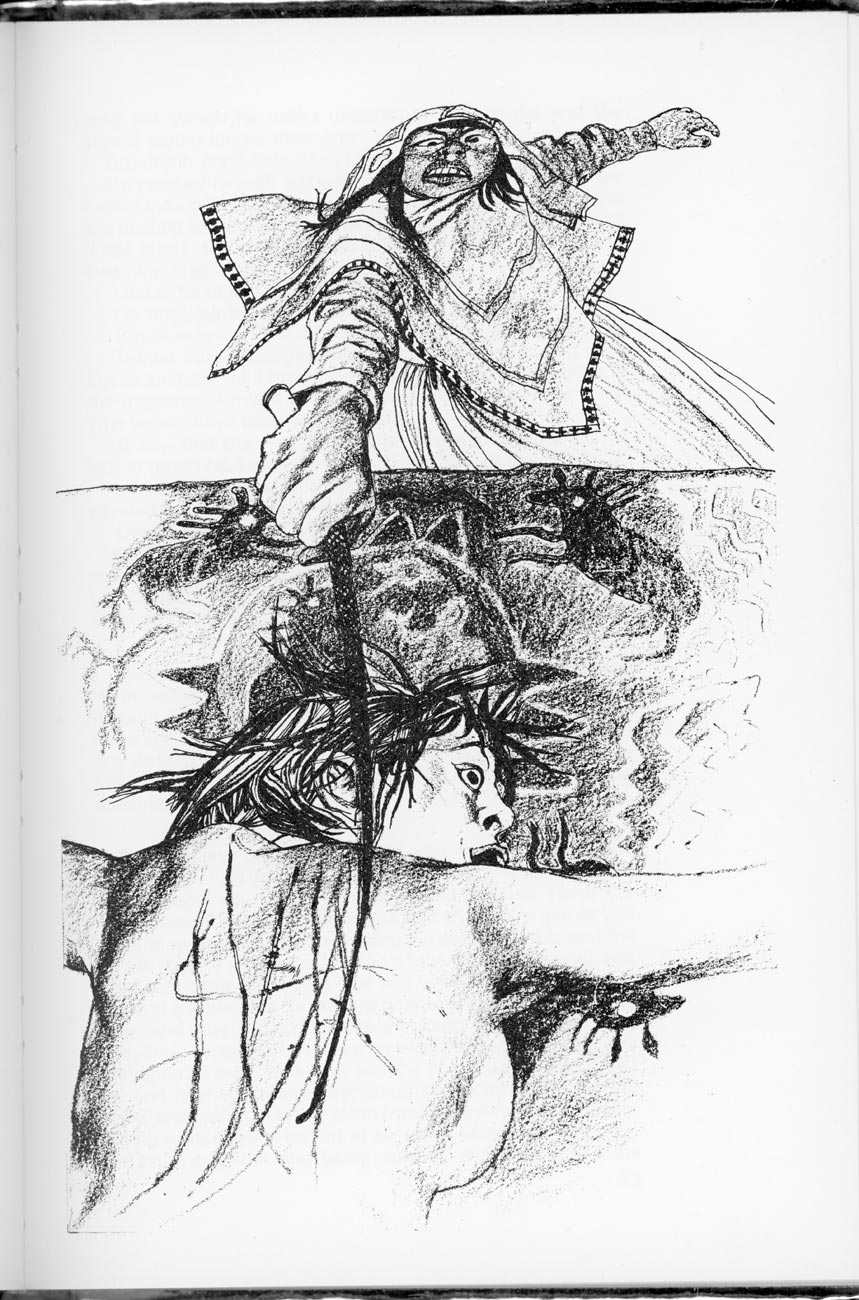First published in 1936, just three years before the outbreak of World War 2, “Eyeless in Gaza” is possibly Aldous Huxley’s most acclaimed work. His familiar themes of the tension between emotional and intellectual lives of his privileged hedonistic characters are explored in depth with his usual insightful knowledge of these self-centred human beings. He also deals with the conflict between warfare and pacifism in a far-sighted way which resonates uncannily with our modern conflict between self-seeking hate and generous love. Sexuality in this work is seldom generous, sometimes manipulative, and often short-lived.
The language and the dialogue is always fluent with much easy, poetic, description, and occasional adventurous episodes.
I finished reading my somewhat careworn first edition today.



The remnants of the green shield logo of Boots Book-lovers’ Library and what looks like a peel-resistant borrowers record inside the back one suggest that my copy began life as an item on those shelves.
Wikipedia tells us that:
‘Boots Book-Lovers’ Library was a circulating library run by Boots the Chemist, a chain of pharmacies in the United Kingdom. It began in 1898, at the instigation of Jesse Boot‘s wife Florence, and closed in 1966, following the passage of the Public Libraries and Museums Act 1964, which required councils to provide free public libraries.
The lending libraries were established within branches of Boots across the country, employing dedicated library staff whose training included examinations on both librarianship and literature.[2] Boots’ libraries displayed books for browsing on open shelves[3] at a time when many public libraries had closed access. A catalogue of the books available was first published in 1904.
Subscriptions were available in Classes A and B, the latter being restricted to borrowing books at least one year old, as well as a premium ‘On Demand’ subscription.[4]Boots Booklovers Library edition of The Saint in Europe
Books carried the ‘green shield’ logo on the front and an eyelet at the top of the spine.[5] Membership tokens were rectangles of ivorine[6]with a string similar to a Treasury tag; the string could be secured through the eyelet so that the token acted as a bookmark.[7]
Boots also briefly reprinted classic books at the start of the 20th century under the imprint ‘Pelham Library’,[8] named after the flagship Boots shop on Pelham Street in Nottingham,[9] and later sold books as ‘Boots the Booksellers’.’
My mother was regularly taking my brother and me to Wimbledon Public Library from the late 1940s, (https://derrickjknight.com/2012/05/25/miss-downs/) so the 1964 Act mentioned above obviously had no effect on our town.




Like dogs marking their territory, previous readers had left deposits throughout the pages. The burn marks on page 17 we assumed had been left by a pipe smoker – they singed through three pages; other small greasy spots, about which it was best not to speculate too much, filtered through an equal number of pages; I wondered whether any of the numerous finger prints of varying hues had been held on any national data bases.
Nick began to make headway on the coloured walls in the sitting room, whilst adding coats to the white and to the ceiling.
We left him to it this afternoon and shopped at Ferndene Farm Shop where there was no queue, then took a short drive into the vicinity of Burley.









I wandered among the woodland on the outskirts. The tree fungus sprouts from the fallen tree. Roughly in the bottom centre of the last picture can be discerned
a bouncing squirrel on its way to climb a small holly carrying a chestnut which looked rather more than it could chew.
The spreading oak tree on the way down the hill into the village now wears a golden cape. The Queen’s Head is Covid-closed.





The pool on Forest Road has completely filled up now, and was reflecting nicely in the late afternoon sun.
Autumn leaves rested beneath the water.
On Bisterne Close a young foal was undertaking an apprenticeship in hedge clipping.
We have become Elizabeth’s bubble; she joined us for dinner which consisted of Jackie’s cheese-topped shepherd’s pie; crunchy cauliflower and carrots; firm green beans; and meaty gravy. Cherry pie and cream was to follow. The Culinary Queen drank Hoegaarden while Elizabeth and I drank more of the Faugeres, which involved opening another bottle.













































